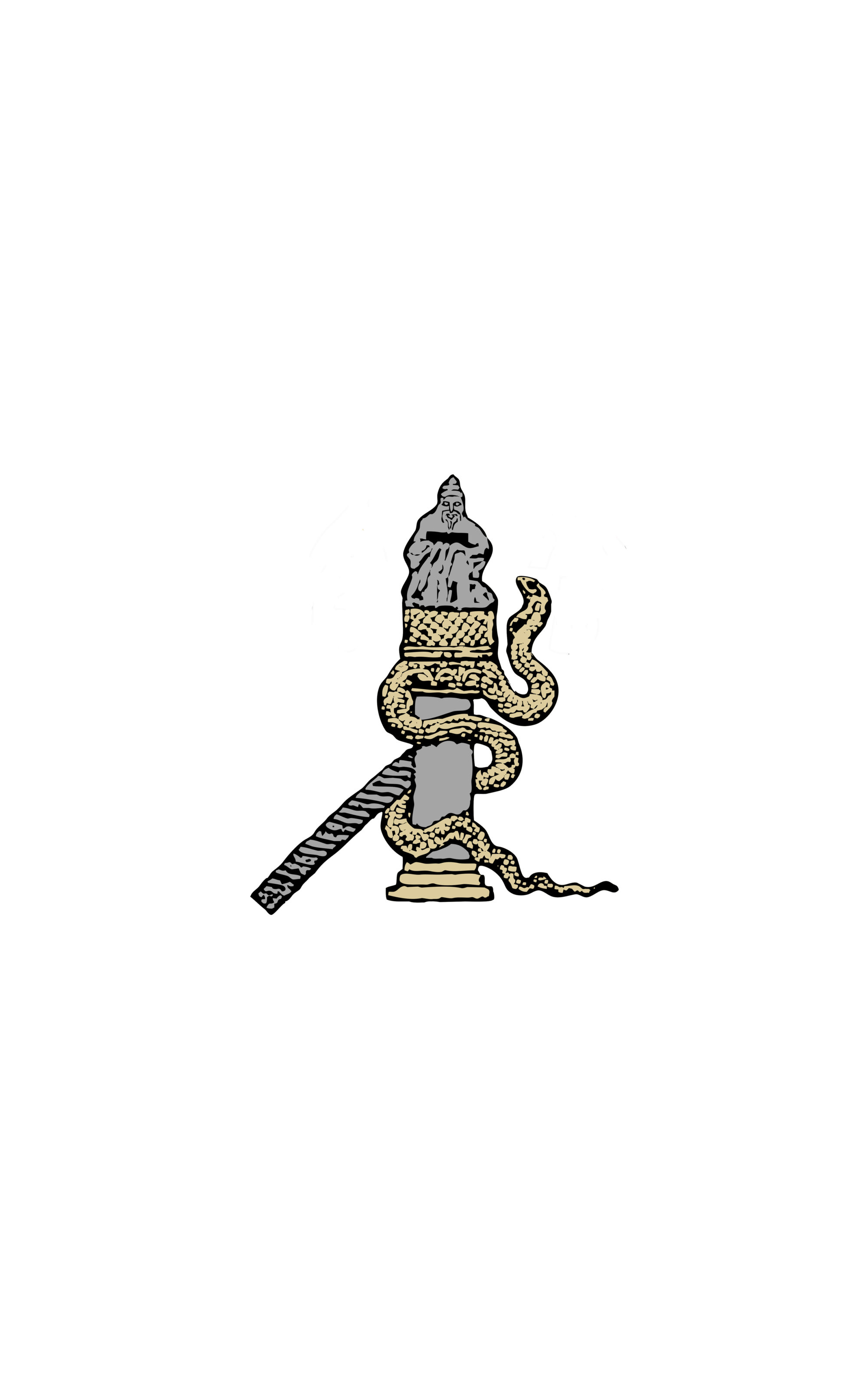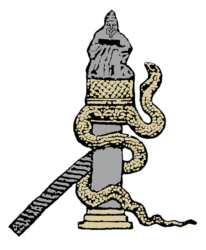Remembrance of the Paradise: Tree of Life in Late Byzantine Architecture.
Jasmina S. Ćirić, Université de Belgrade
Paper explores artistic and exegetic contents of the wall surfaces in Late Byzantine church architecture. Taking into consideration that the brick was one of the main facade articulation materials, it is possible to understand the «messages» represented with bricwork geometric ornaments, in critical terms of art history insufficiently identified as «aniconic decoration». Starting from the fact that the ornamental unit represents the image, the same can not contain aniconic but rather highly codified, dehumanized features. Arbor Vitae (xylon zoës, wood of life), motif identified in the key examples of Late Byzantine architecture in the exterior surface of the apse or or obtained by the appropriate positioning of the marble revetments next to the portals of the temple, presents a image of the ancient biblical metaphor “Blessed are those who wash their robes, that they may have the right to the tree of life and may go through the gates into the city” (Revelation 22: 14). Exegetic reading (‘décryptage’) of facade surfaces shows that visible finds its meaning in the invisible, but invisible finds its expression possibilities in the visible. Except the variety with brick represented schematized tree, were registered multidirectional placed geometric motives which that not only corresponds with monogram of Christ but also His Old Testament prefiguration tree of life. Arbor Vitae becomes coded image which shows remembrance of the Paradise where the God “placed on the east side of the Garden of Eden cherubim and a flaming sword flashing back and forth to guard the way to the tree of life” (Genesis 3: 24).

